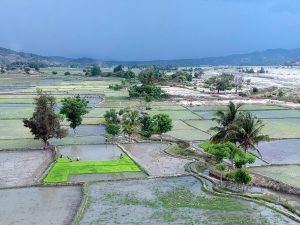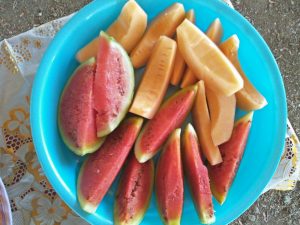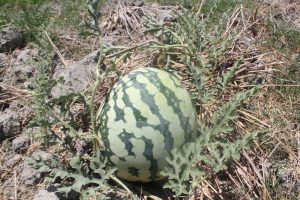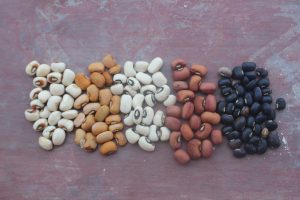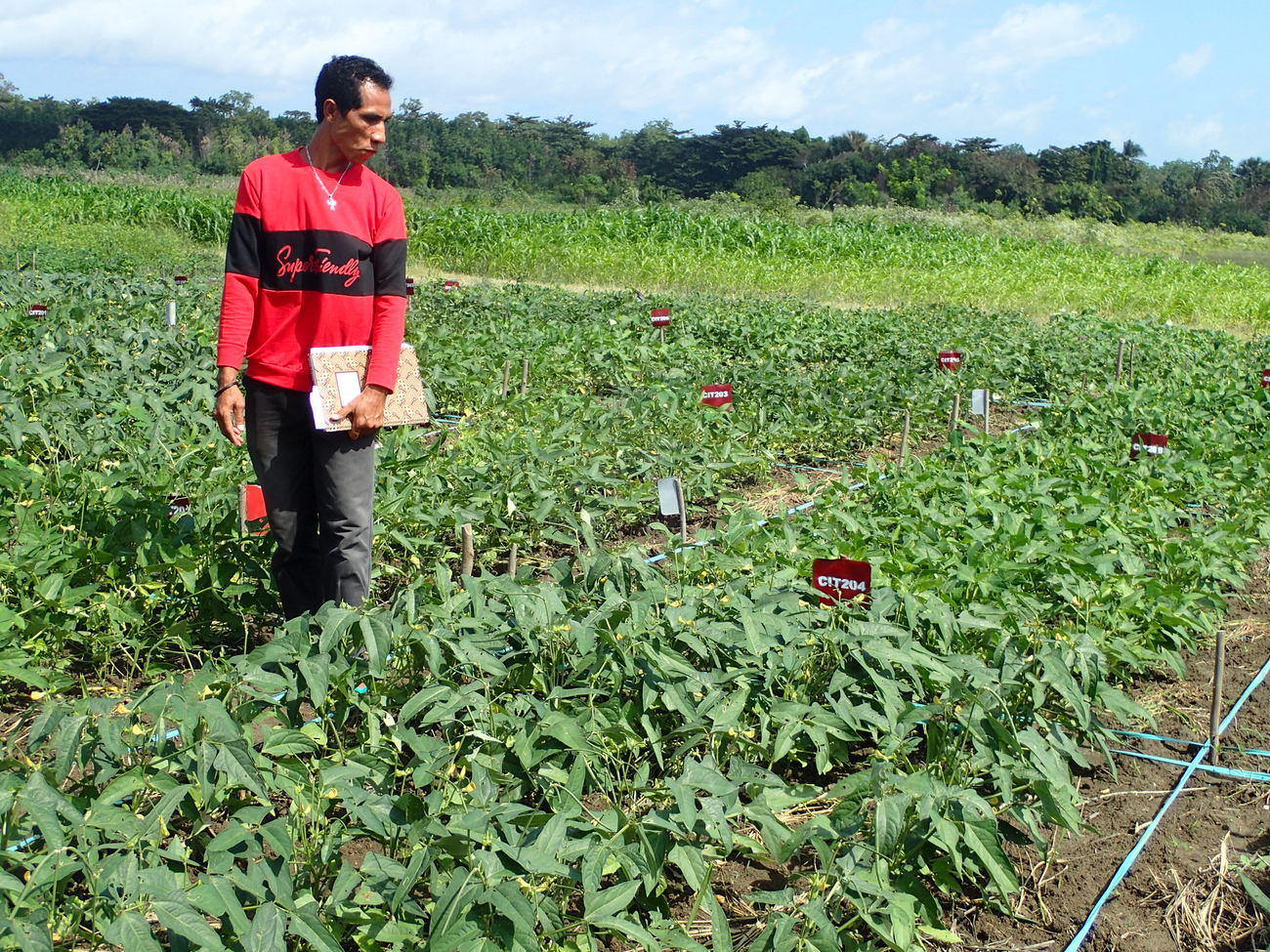AI-Com researchers have this week visited research plots at Betano, on Timor-Leste’s southern coast, to review the growing progress of a range of peas and legumes.
Planted in late April, mid-May and early June, the four legume species — cow peas, pigeon peas, mung beans and red beans — are being tested in a set of four experiments, to determine the for the best planting times and the most adapted varieties for increasing legume production.
Timor-Leste’s south coast is a hot, flat area where cold-season crops like red beans, koto mean, are thought not to grow. Red beans are known as French beans, snap beans or kidney beans in English.
But previous legume experiments conducted by AI-Com at nearby Suai and in Dili, on Timor-Leste’s north coast, have shown that red bean crops can in fact grow well, if planted in the cooler nights of May and June season.
Tests from 2017 and 2018 show that beans planted in June, the dry season’s coldest month, can produce pods a nice crop of beans in hot, flat areas. This offers significant opportunity for new sources of nutrition for farming families in protein-poor flat areas of Timor-Leste from legume crops and horticulture produce.
The first tests 44 bean lines for adaptation. It was planted out on 11 June and plants are showing to be well-established.
The second of the four experiments at Betano is testing different varieties of short season cow peas. A repeat of experiments from 2018 testing recently introduced cow pea lines, the new experiments were planted on 27 April and are just beginning to flower.
The third experiment compares the yields of four legume species at three different sowing dates. All four legume species — cow pea, pigeon pea, mung bean and common bean — have been planted at two-week intervals between 25 April and 13 June.
Finally, last year’s tests are being repeated on 11 lines of pigeon pea — testing different varieties of short season pigeon pea. These were planted on 4 June and the first plants are beginning to flower. While the crops are showing fewer flowers than usual, plants are establishing well, and research is progressing.
